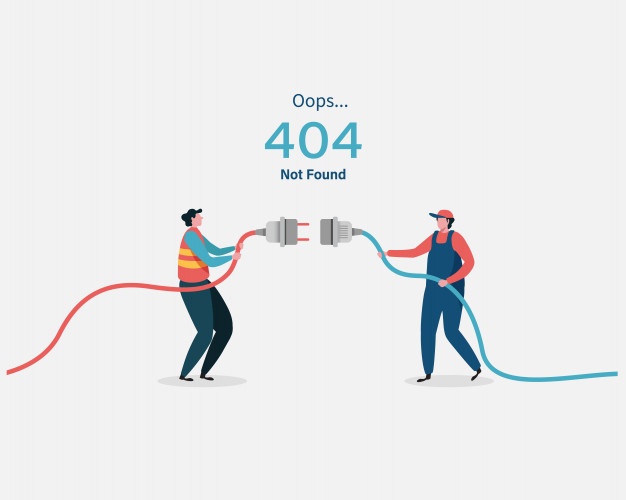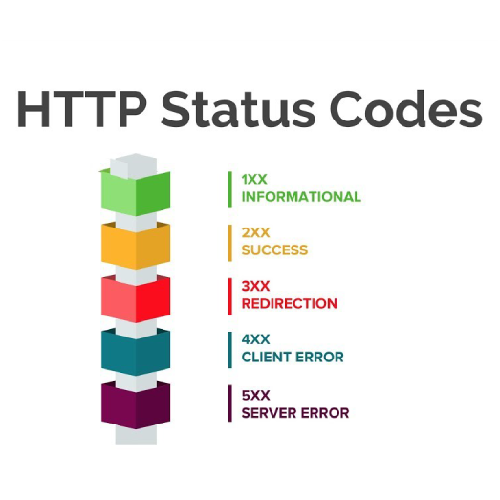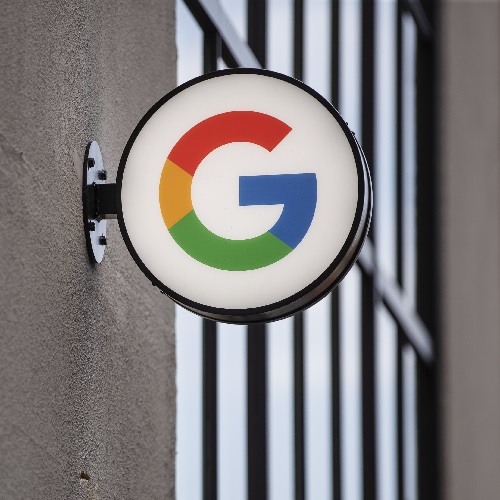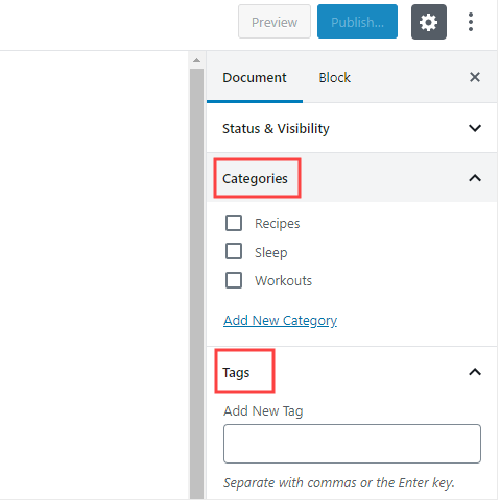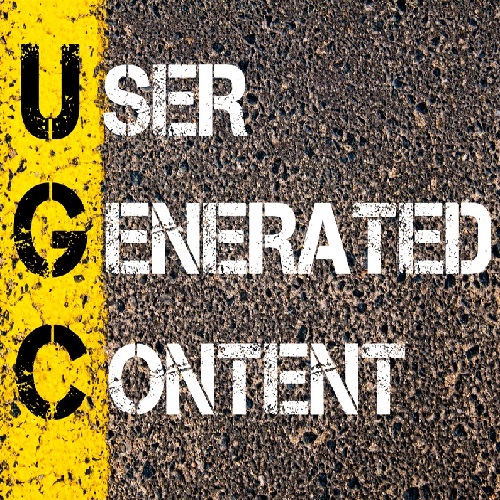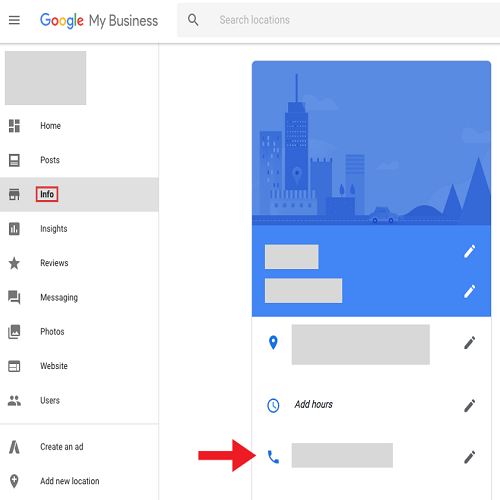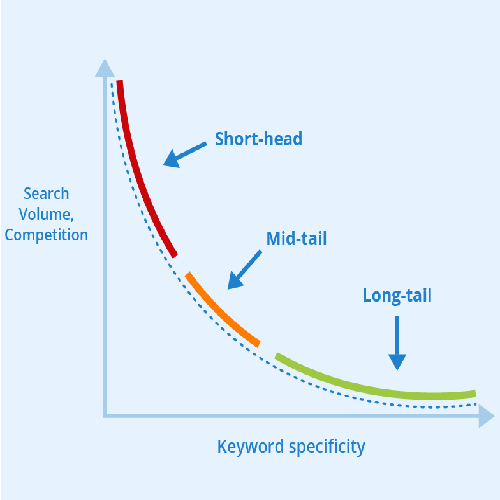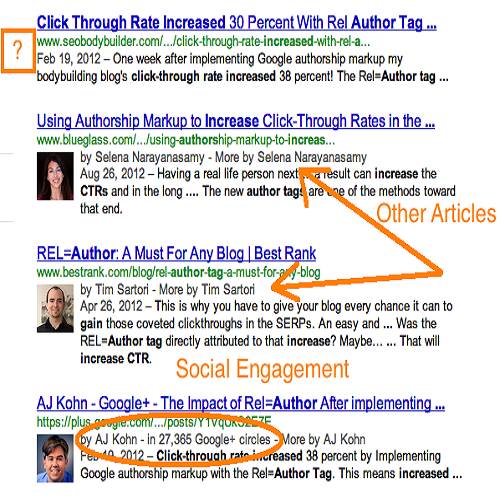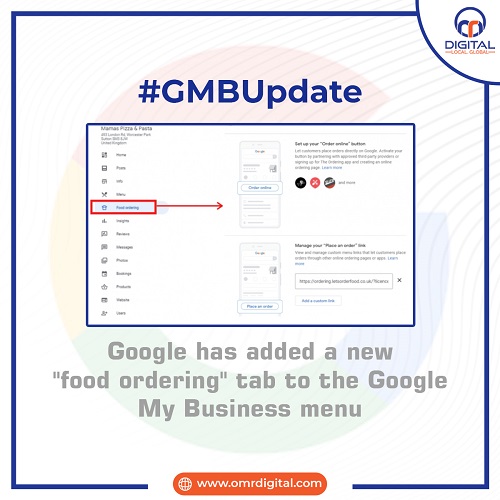
Contact Us
Related Posts
Category
You’re considering what actually matters, if you’re here to learn how to calculate the ROI of SEO, you’re already on the correct path.
Certainly, marketers can think about SEO’s benefits all day long.
Realistically, the only method to determine whether SEO is worthwhile for you is to determine its return on investment.
Certainly, the effect of SEO on your bottom line can be accurately measured. In reality, it’s much easier than some advertisers claim.
To make it simple for you to determine whether SEO is worthwhile for you, we’ll walk you through precisely how to calculate the return of your SEO efforts.
How to Measure SEO’s Return on Investment (ROI)
All too frequently, company owners engage in some kind of SEO without knowing whether it was worthwhile in the long run or if the money is being wasted.
It doesn’t help that some marketers assert that it’s difficult to gauge the return of SEO. Either they are mistaken or dishonest. The method you use to determine SEO return on investment is fairly simple as long as you have the correct data.
Here’s a fast and simple formula you can use to determine whether SEO has been worth your money in a particular period:
Expense of SEO = Worth of Conversions – Cost of SEO
That’s it. Additionally, we’ll detail how to obtain the information required to complete this algorithm in the remaining sections of this article.
Of course, if we said there were no difficulties in determining the return on investment for SEO, we’d be dishonest. We’ll also assist you in overcoming these obstacles so you can see your SEO ROI as clearly as feasible.
But first, let’s gather the information required to calculate the SEO Return.
Step 1: Calculate the cost of your Marketing Investment
You must first determine how much SEO costs you during the time period you want to evaluate.
This step is as easy as it comes if you deal with a seasoned SEO firm. Looking at the statement will reveal how much you are spending.
The split will be more difficult if you perform all of your SEO in-house or as a combination of in-house and external SEO services. You’ll need to account for expenses such as:
● Any internal employees, such as content producers and copywriters, who add to on-page and off-page SEO
● Web architects and designers who assist with technological SEO and implement SEO monitoring tools like Google Analytics
● Subscriptions for SemRush, Ahrefs, or any other SEO tools you use for list management, traffic metrics, site monitoring, and keyword research on a monthly or yearly basis.
You can use the total of these expenses as the basis for your SEO Return estimate.
Keep in mind that these expenses could vary every month. When calculating your SEO return on investment for a particular time frame, don’t neglect to consider those changes into mind.
Step 2: Track Inbound Visitor Conversions
Simply put, organic traffic is any traffic that comes from a search engine but that you don’t explicitly pay for.
As long as it’s not one of your advertisements, whenever someone hits on your website in Google search results, it’s organic traffic.
Conversions from organic traffic are one of the finest measures for assessing the ROI of SEO because SEO is all about increasing organic traffic.
We advise tracking your search sales with Google Analytics to obtain that figure. It simply functions and is free to use.
We won’t go into too much detail here because how you set this up will rely on how your website and company operate. We advise consulting a skilled developer or digital marketer because setting up conversion monitoring properly is very essential.
Calculating the worth of SEO results is simple once Google Analytics is monitoring your conversions:
● Simply divide conversions by route for purchases made on your website, then look at income from organic visitors. Once the time period is more specific, you have your figure.
● This is harder for leads that come in from your website because not all of them transform and the real conversion takes place offline. You must determine a worth for all of your prospects and use that as your value. The best approach is to calculate that worth using the customer’s typical lifetime value increased by the closure rate percent.
Step 3: Calculate SEO Return on Money Using This Calculation
Once you’ve gathered your information, enter it into the algorithm below to determine your SEO return on investment:
(Worth of Conversions – Cost of Investment) / Cost of Investment
Say you received $100,000 in income from organic visitors over the course of a year, and your SEO expenses were $20,000 during that period.
When you plug these numbers into the algorithm above, you get:
($100,000 – $20,000) / $20,000 = 4
Consequently, you received $4 back for every $1 invested on SEO. This indicates a 400% profit on your money.
As long as you are aware of both the expenses and the rewards, you can use this method to determine the ROI of your SEO strategy over any period of time you choose.
With a few key exceptions, you can use this information to decide whether SEO is worthwhile for you.
Obstacles to Calculating the ROI of SEO
It is now simpler than ever to accurately calculate the return on investment of your SEO efforts thanks to real-time convert monitoring.
Even the finest monitoring tools, however, cannot accurately gauge every aspect of your organic search traffic. SEO is a labor-intensive, intricate procedure with lots of moving components.
Because of this, calculating the ROI of SEO will always be a combination of art and science.
What you need to understand about how SEO and its return on investment are measured is as follows:
Problem 1: Search Expenses are Complicated
First, because there are so many factors that go into an effective strategy, measuring SEO ROI can be challenging.
A successful SEO strategy depends on a variety of factors, including technical SEO, link development, high-quality content, and more.
Quantifying these expenses is simple when a company manages your SEO. Use the amount you are paying them—you are aware of it—in your estimate.
It’s more difficult to calculate the expenses of your internal SEO initiatives.
You must take into account factors such as the price of in-house labour (which you can break down by employees or duties), the SEO tools you use, and all the time you or your supervisors spend on maintaining the team’s efficiency. It’s a lot, and you must do it correctly if you want to see the real Return of your SEO efforts.
Problem 2: Search Requires Effort
It can be challenging to link particular expenditures and returns to work that was completed within a certain period when performing SEO.
This is due to the fact that SEO can be slow to produce results. While they are conceivable, instant victories are not a given.
We can predict that it will take 4-6 months for SEO to start “working,” meaning it starts to generate quantifiable results, based on our experience and that of other respectable SEO companies.
As a result, the general idea of comparing assets and returns over the same time span falls short. Although it is not 1:1, it provides you with a good indication of how well things are going
Conclusion
Despite the difficulties in precisely determining SEO ROI, failing to do so results in the loss of a wealth of useful information.
Additionally, you can’t choose which SEO tactics are most effective, which you should expand, or whether something is a waste of money unless you know your return on investment for every dollar you spend on SEO.
You might not see a good ROI right away because SEO is a long-term plan that produces results over time. However, once you’ve passed that point, SEO will start to pay off and can continue to do so for years to come.

You’re considering what actually matters, if you’re here to learn how to calculate the ROI of SEO, you’re already on the correct path.
Certainly, marketers can think about SEO’s benefits all day long.
Realistically, the only method to determine whether SEO is worthwhile for you is to determine its return on investment.
Certainly, the effect of SEO on your bottom line can be accurately measured. In reality, it’s much easier than some advertisers claim.
To make it simple for you to determine whether SEO is worthwhile for you, we’ll walk you through precisely how to calculate the return of your SEO efforts.
How to Measure SEO’s Return on Investment (ROI)
All too frequently, company owners engage in some kind of SEO without knowing whether it was worthwhile in the long run or if the money is being wasted.
It doesn’t help that some marketers assert that it’s difficult to gauge the return of SEO. Either they are mistaken or dishonest. The method you use to determine SEO return on investment is fairly simple as long as you have the correct data.
Here’s a fast and simple formula you can use to determine whether SEO has been worth your money in a particular period:
Expense of SEO = Worth of Conversions – Cost of SEO
That’s it. Additionally, we’ll detail how to obtain the information required to complete this algorithm in the remaining sections of this article.
Of course, if we said there were no difficulties in determining the return on investment for SEO, we’d be dishonest. We’ll also assist you in overcoming these obstacles so you can see your SEO ROI as clearly as feasible.
But first, let’s gather the information required to calculate the SEO Return.
Step 1: Calculate the cost of your Marketing Investment
You must first determine how much SEO costs you during the time period you want to evaluate.
This step is as easy as it comes if you deal with a seasoned SEO firm. Looking at the statement will reveal how much you are spending.
The split will be more difficult if you perform all of your SEO in-house or as a combination of in-house and external SEO services. You’ll need to account for expenses such as:
● Any internal employees, such as content producers and copywriters, who add to on-page and off-page SEO
● Web architects and designers who assist with technological SEO and implement SEO monitoring tools like Google Analytics
● Subscriptions for SemRush, Ahrefs, or any other SEO tools you use for list management, traffic metrics, site monitoring, and keyword research on a monthly or yearly basis.
You can use the total of these expenses as the basis for your SEO Return estimate.
Keep in mind that these expenses could vary every month. When calculating your SEO return on investment for a particular time frame, don’t neglect to consider those changes into mind.
Step 2: Track Inbound Visitor Conversions
Simply put, organic traffic is any traffic that comes from a search engine but that you don’t explicitly pay for.
As long as it’s not one of your advertisements, whenever someone hits on your website in Google search results, it’s organic traffic.
Conversions from organic traffic are one of the finest measures for assessing the ROI of SEO because SEO is all about increasing organic traffic.
We advise tracking your search sales with Google Analytics to obtain that figure. It simply functions and is free to use.
We won’t go into too much detail here because how you set this up will rely on how your website and company operate. We advise consulting a skilled developer or digital marketer because setting up conversion monitoring properly is very essential.
Calculating the worth of SEO results is simple once Google Analytics is monitoring your conversions:
● Simply divide conversions by route for purchases made on your website, then look at income from organic visitors. Once the time period is more specific, you have your figure.
● This is harder for leads that come in from your website because not all of them transform and the real conversion takes place offline. You must determine a worth for all of your prospects and use that as your value. The best approach is to calculate that worth using the customer’s typical lifetime value increased by the closure rate percent.
Step 3: Calculate SEO Return on Money Using This Calculation
Once you’ve gathered your information, enter it into the algorithm below to determine your SEO return on investment:
(Worth of Conversions – Cost of Investment) / Cost of Investment
Say you received $100,000 in income from organic visitors over the course of a year, and your SEO expenses were $20,000 during that period.
When you plug these numbers into the algorithm above, you get:
($100,000 – $20,000) / $20,000 = 4
Consequently, you received $4 back for every $1 invested on SEO. This indicates a 400% profit on your money.
As long as you are aware of both the expenses and the rewards, you can use this method to determine the ROI of your SEO strategy over any period of time you choose.
With a few key exceptions, you can use this information to decide whether SEO is worthwhile for you.
Obstacles to Calculating the ROI of SEO
It is now simpler than ever to accurately calculate the return on investment of your SEO efforts thanks to real-time convert monitoring.
Even the finest monitoring tools, however, cannot accurately gauge every aspect of your organic search traffic. SEO is a labor-intensive, intricate procedure with lots of moving components.
Because of this, calculating the ROI of SEO will always be a combination of art and science.
What you need to understand about how SEO and its return on investment are measured is as follows:
Problem 1: Search Expenses are Complicated
First, because there are so many factors that go into an effective strategy, measuring SEO ROI can be challenging.
A successful SEO strategy depends on a variety of factors, including technical SEO, link development, high-quality content, and more.
Quantifying these expenses is simple when a company manages your SEO. Use the amount you are paying them—you are aware of it—in your estimate.
It’s more difficult to calculate the expenses of your internal SEO initiatives.
You must take into account factors such as the price of in-house labour (which you can break down by employees or duties), the SEO tools you use, and all the time you or your supervisors spend on maintaining the team’s efficiency. It’s a lot, and you must do it correctly if you want to see the real Return of your SEO efforts.
Problem 2: Search Requires Effort
It can be challenging to link particular expenditures and returns to work that was completed within a certain period when performing SEO.
This is due to the fact that SEO can be slow to produce results. While they are conceivable, instant victories are not a given.
We can predict that it will take 4-6 months for SEO to start “working,” meaning it starts to generate quantifiable results, based on our experience and that of other respectable SEO companies.
As a result, the general idea of comparing assets and returns over the same time span falls short. Although it is not 1:1, it provides you with a good indication of how well things are going
Conclusion
Despite the difficulties in precisely determining SEO ROI, failing to do so results in the loss of a wealth of useful information.
Additionally, you can’t choose which SEO tactics are most effective, which you should expand, or whether something is a waste of money unless you know your return on investment for every dollar you spend on SEO.
You might not see a good ROI right away because SEO is a long-term plan that produces results over time. However, once you’ve passed that point, SEO will start to pay off and can continue to do so for years to come.







































